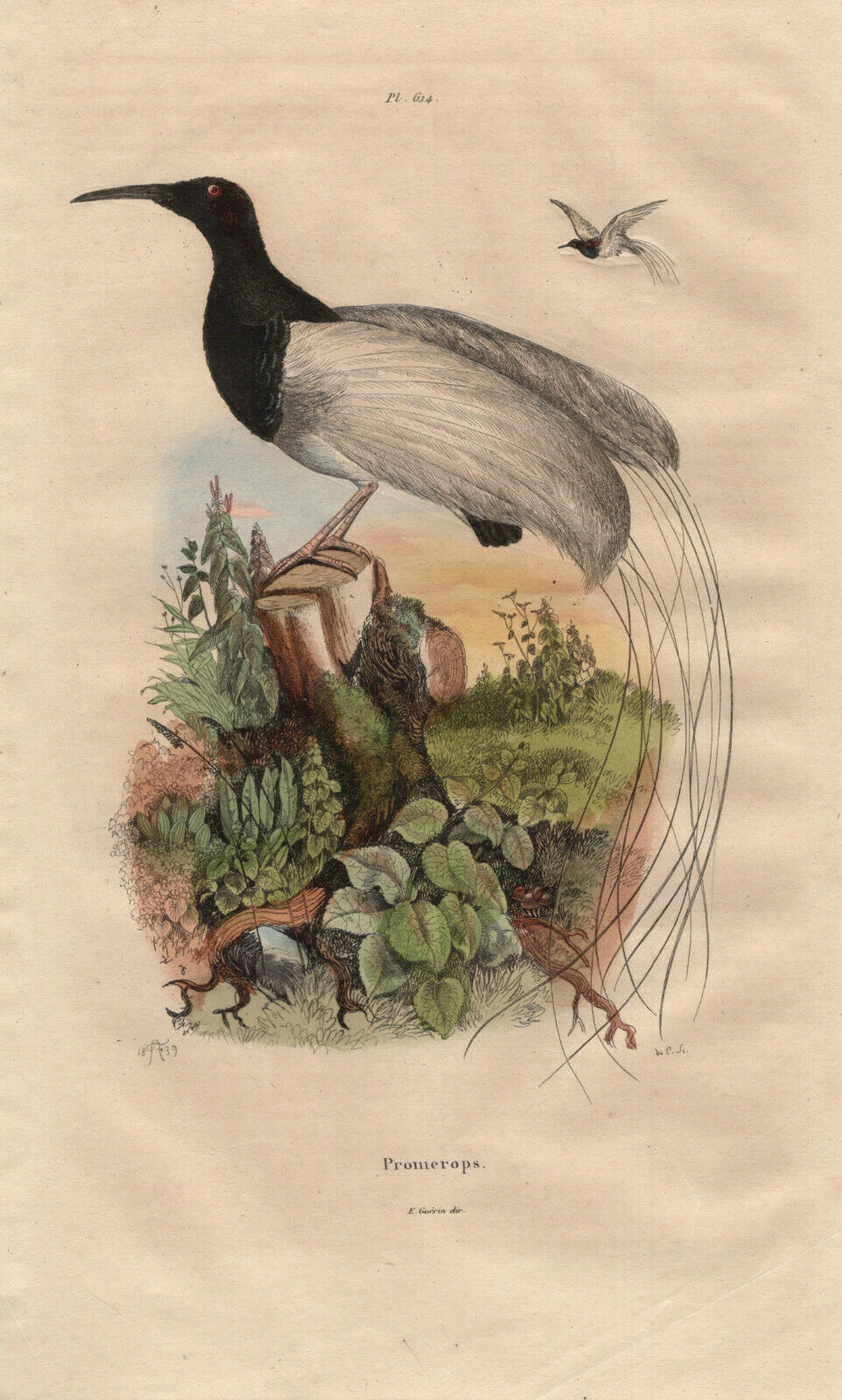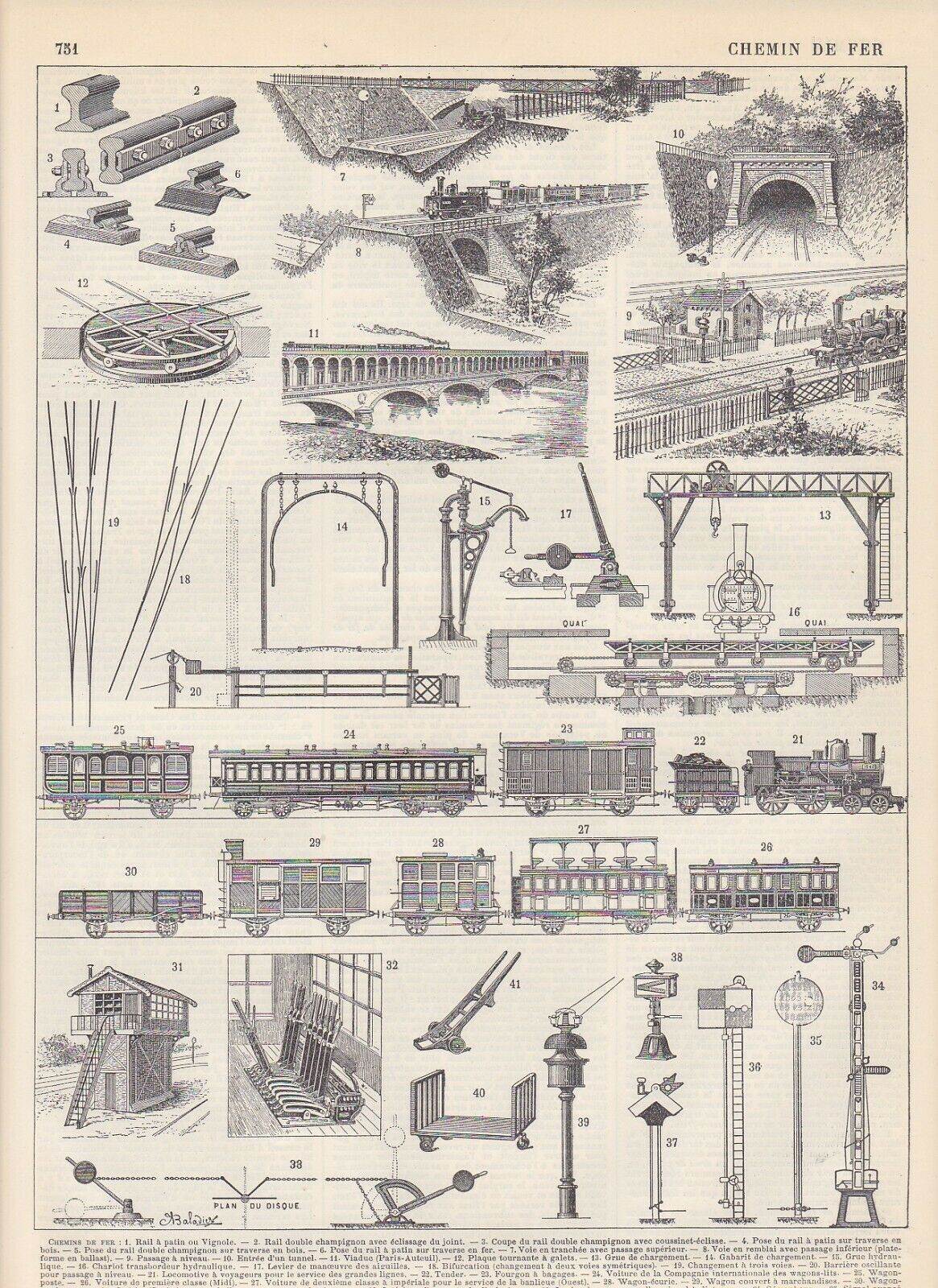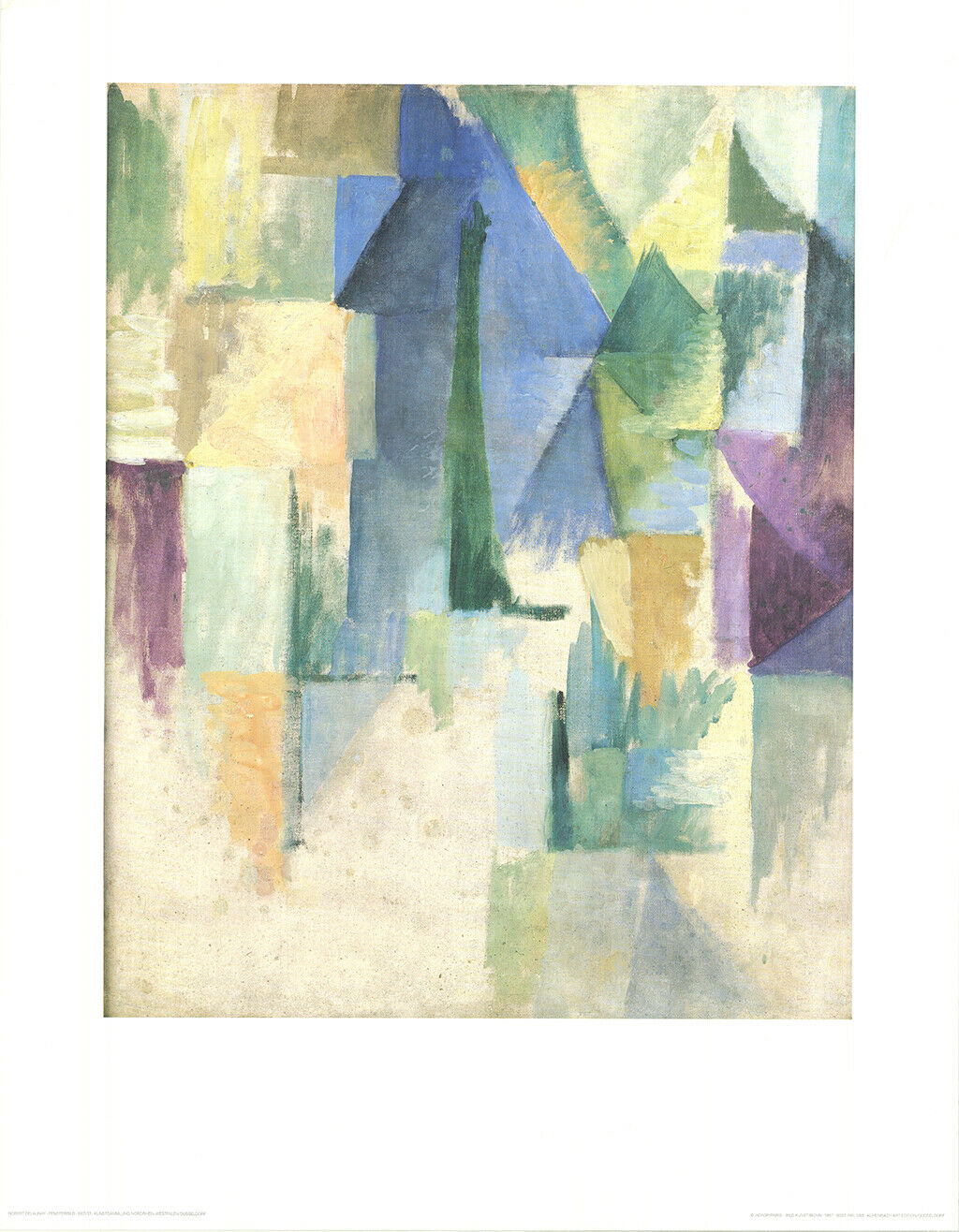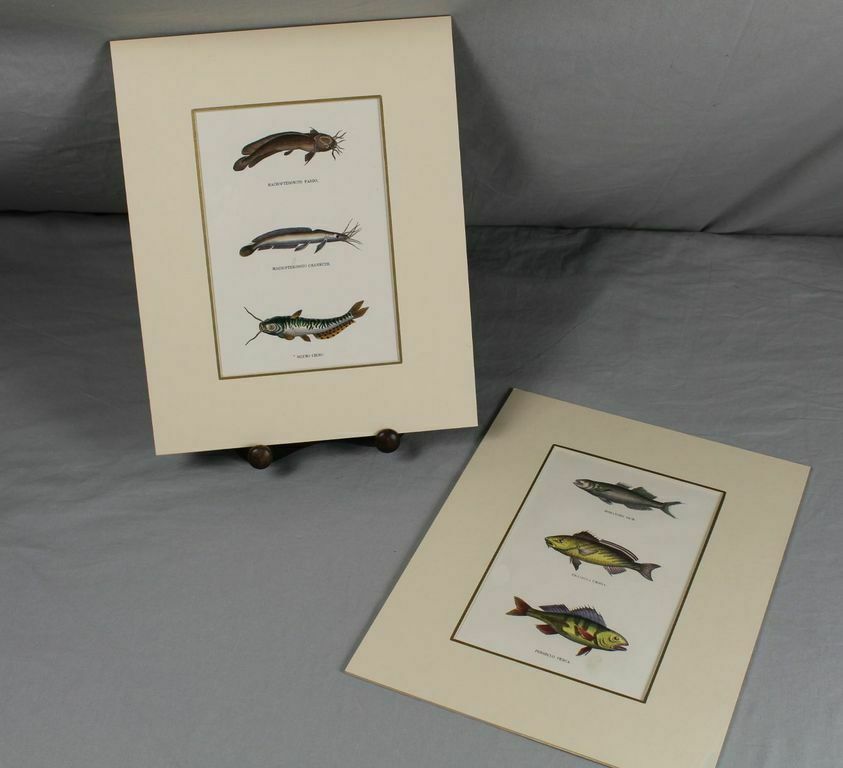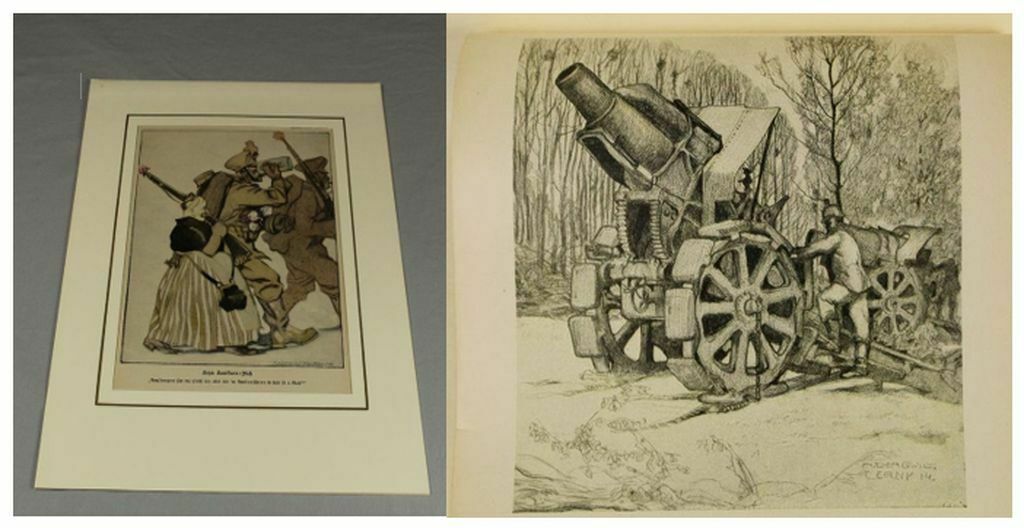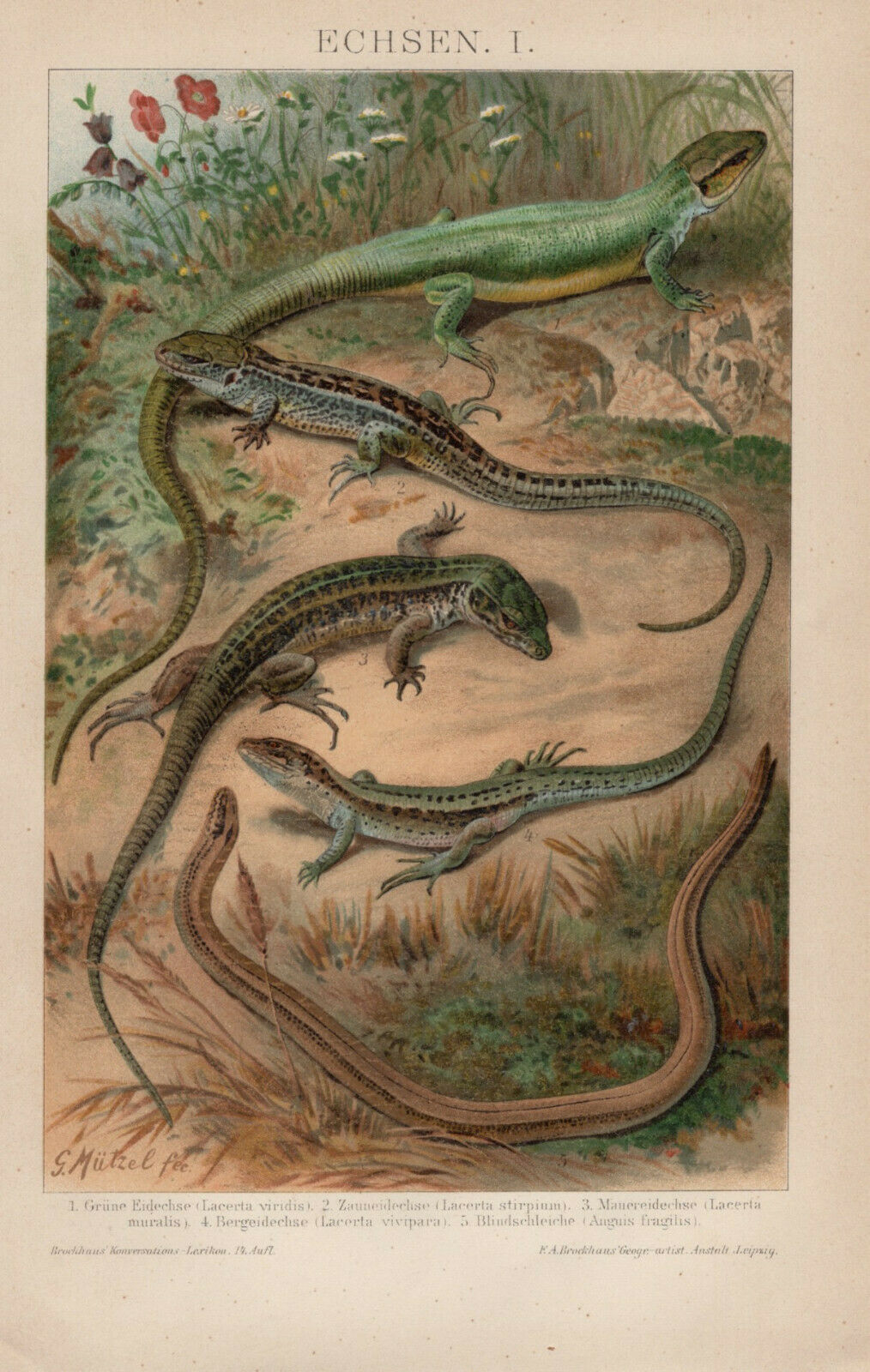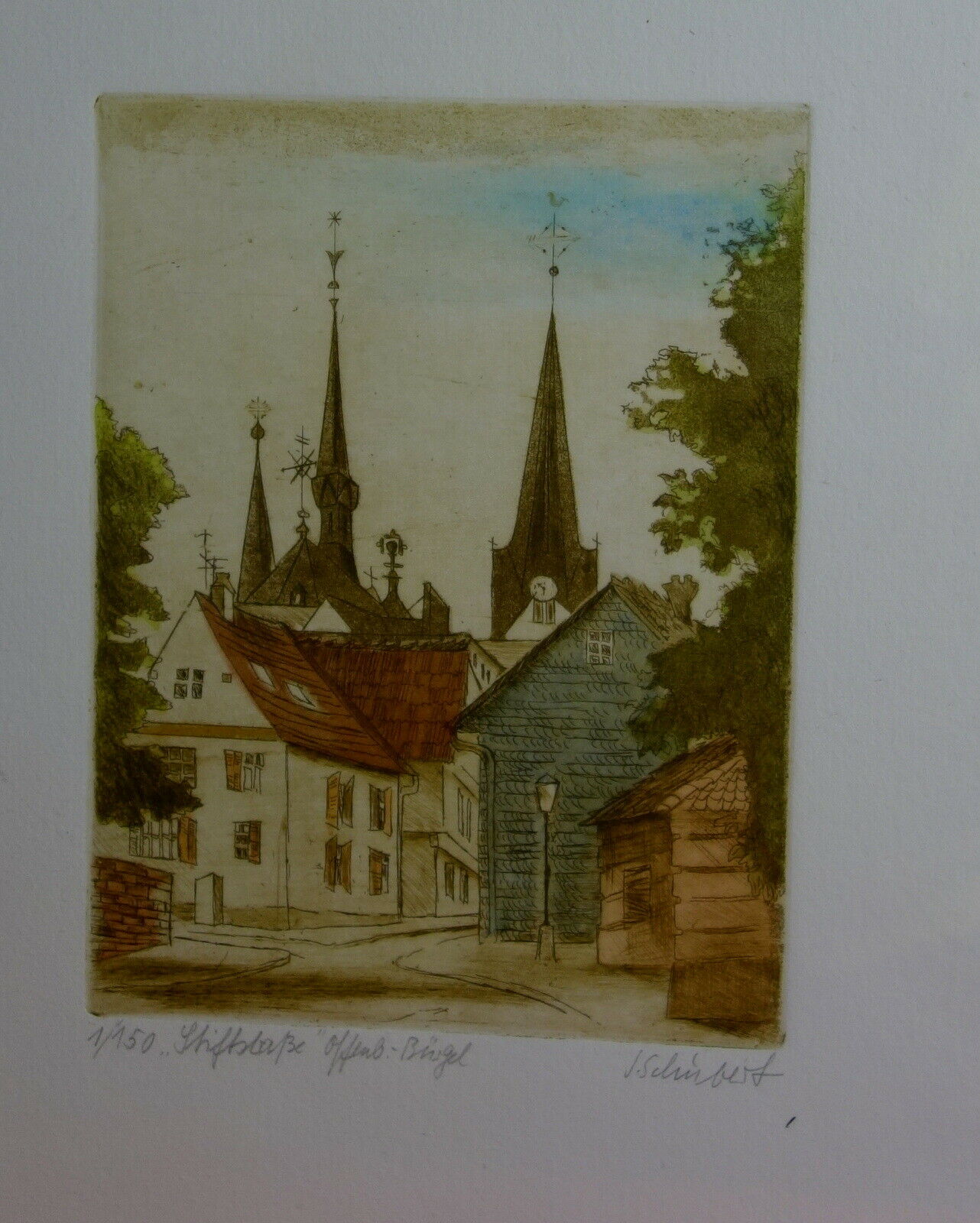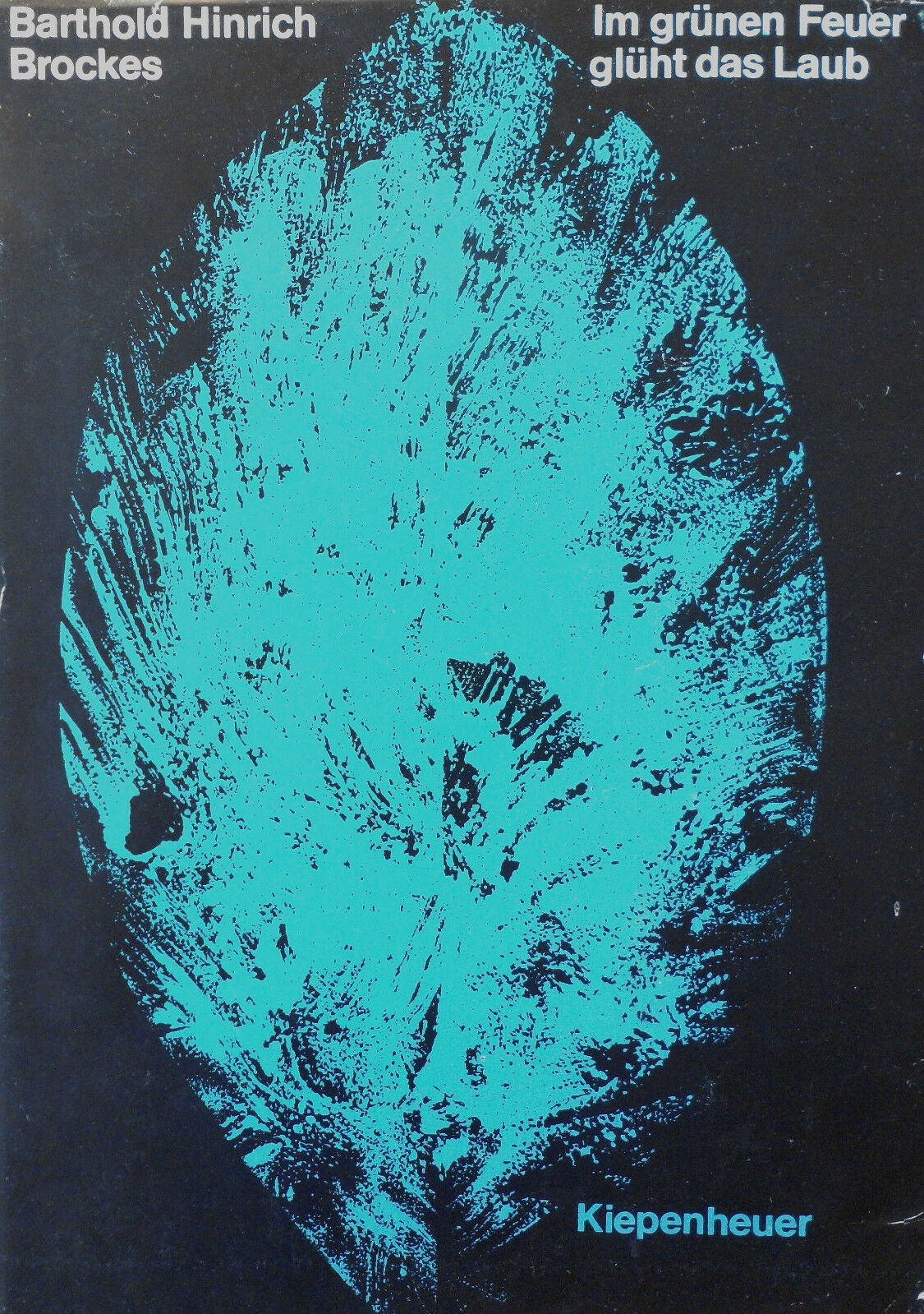-40%
Feldmarschall Oyama in Mukden Gensui 大山 巌 Russo-Japanese War DRUCK von 1910
€ 5.01
- Description
- Size Guide
Description
Feldmarschall Oyama in MukdenOriginal Druck von 1910 (kein Reprint)
Blattgröße 22,5 x 29 cm - rückseitig unbedruckt.
Zustand: gut - siehe Scan!
Der Versand erfolgt selbstverständlich schnell und knicksicher verpackt!
Versandkosten:
innerhalb Deutschlands 4,50 EUR
Shipping costs Europe 4,00 EUR
Shipping costs World 4,00 EUR
Bei Fragen bitte eine mail schicken - Questions? - please send a mail.
Beachten Sie bitte auch meine anderen Angebote!
Hier weitere Motive im Shop!
Biete noch viele weitere Holzstiche an - nutzen Sie die Shop-Suche.
Versandkosten fallen bei mehreren erworbenen Artikeln nur einmal an!
Dokumentation:
Ōyama Iwao (jap. 大山 巌; * 12. November 1842 in Kagoshima, Provinz Satsuma (heute: Präfektur Kagoshima); † 10. Dezember 1916 in Tokio) war ein japanischer Generalfeldmarschall (Gensui) und Oberbefehlshaber im russisch-japanischen Krieg. Im Ersten Japanisch-Chinesischen Krieg wurde er zum Befehlshaber der 2. Armee ernannt und eroberte die strategisch wichtige Stadt Port Arthur und die Festungen von Weihai. Daraufhin wurde er vom Tennō Meiji zum Kōshaku (Markgraf) und 1898 zum Gensui (Generalfeldmarschall) ernannt. Während des Boxeraufstandes wurde er Generalstabschef der japanischen Armee. Während des Aufstandes hatte er enge und freundschaftliche Kontakte zum Oberbefehlshaber der multinationalen Truppe, dem deutschen Generalfeldmarschall Alfred Graf von Waldersee. Waldersee besuchte Japan nach Beendigung der Kämpfe in China und natürlich auch Ōyama. Beide unterhielten sich über die kommenden Probleme mit dem russischen Zarenreich. Waldersee fertigte für sich privat in Hannover einen Aufmarschplan der japanischen Armee an, der unabhängig von Ōyama fast deckungsgleich mit dessen war. Im Russisch-Japanischen Krieg führte er die Truppen der japanischen Armee und war siegreich in seinem Feldzug gegen das russische Zarenreich in der Mandschurei. Er bekam daraufhin vom Tenno Meiji den höchsten vergebbaren Adelstitel Kōshaku (Fürst) verliehen. Automatisch hatte Ōyama durch diesen Adelstitel gleichzeitig einen Sitz im Herrenhaus des japanischen Parlaments bekommen. Prince Ōyama Iwao, OM (大山 巌, 12 November 1842 – 10 December 1916) was a Japanese field marshal, and one of the founders of the Imperial Japanese Army. In 1870, Ōyama was sent overseas to the École spéciale militaire de Saint-Cyr in France to study and he was official Japanese military observer to the Franco-Prussian War. He also spent three years (1870–1873) in Geneva studying foreign languages, and became fluent in Russian. In 1872, he was sent by the Japanese government to the United States to study at Temple Hill Academy in Geneseo, New York.[1] Ōyama Iwao is the first recorded Japanese customer for Louis Vuitton, having purchased some luggage during his stay in France. After promotion to major general, he went to France again for further study, together with Kawakami Sōroku.[2] On his return home, he helped establish the fledgling Imperial Japanese Army, which was soon employed in suppressing the Satsuma Rebellion, although Ōyama and his elder brother were cousins of Saigō Takamori. In the First Sino-Japanese War, Ōyama was appointed the commander-in-chief of the Japanese Second Army, which after landing on Liaotung Peninsula, carried Port Arthur by storm, and subsequently crossed to Shantung, where it captured the fortress of Weihaiwei. After the war, Ōyama was disparaged by American reporter Trumbull White for failing to restrain his troops during the Port Arthur Massacre.[3] For his services Ōyama received the title of marquis under the kazoku peerage system, and, three years later, he became a field-marshal. In the Russo-Japanese War of 1904–1905 he was appointed the Commander-in-Chief of the Japanese armies in Manchuria. As Supreme Commander of the Japanese Manchurian Army, Ōyama had complete authority over all Japanese land operations during the war, and personally directed the tactics of Japanese forces in all major battles, winning the Battle of Liaoyang and repulsing Russian counter-attacks at the Battle of Shaho and the Battle of Sandepu. He was replaced by General Kodama Gentarō briefly during early 1905 due to illness, but recovered to direct Japanese forces in the final Battle of Mukden. After Japan's victory, Emperor Meiji elevated him to the rank of prince (公爵 kōshaku), the highest rank of the Empire of Japan. 出典: フリー百科事典『ウィキペディア(Wikipedia)』 大山 巌(おおやま いわお、正字: 大山 巖、天保13年10月10日(1842年11月12日) - 大正5年(1916年)12月10日)は、日本の武士(薩摩藩士)、陸軍軍人、政治家。幼名は岩次郎。通称は弥助。雅号 は赫山、瑞岩。字は清海。称号・階級は元帥陸軍大将。栄典(位階勲等および爵位)は従一位大勲位功一級公爵。 大警視(第2代)、陸軍大臣(初代・第3代)、陸軍参謀総長(第4・6代)、文部大臣(臨時兼任)、内大臣(第5代)、元老、貴族院議員を歴任した。西郷隆盛・従道兄弟は従兄弟にあたる。
Quelle: Wikipedia

